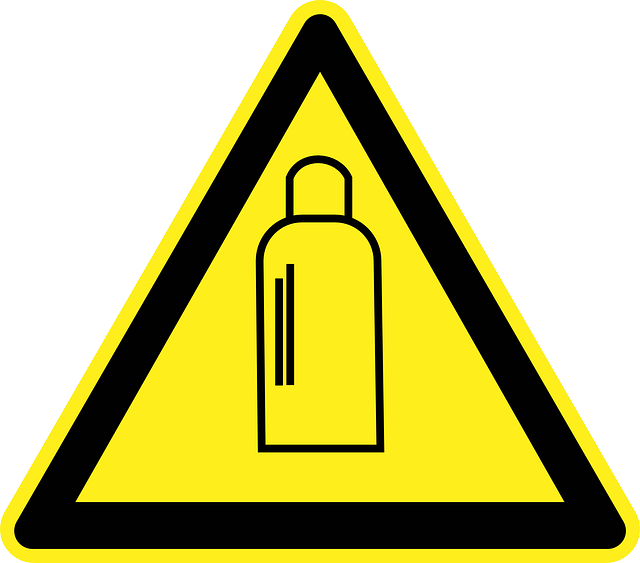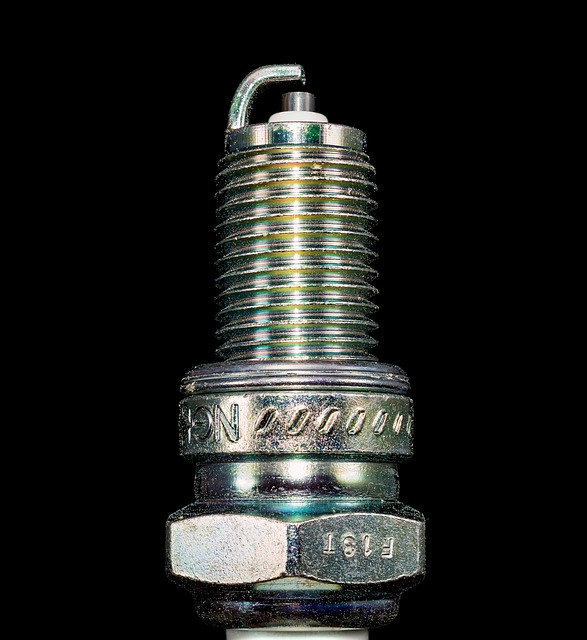Krypton has eight valence electrons in its outermost shell. Its electronic configuration is 1s2, 2s2, 2p6, 3s2, 3p6, 4s2, 3d10, 4p6.
What is krypton used for?
The following are the applications of Krypton.
krypton-based bulbs are producing white light which is used in photography as a white light source.
It is used in gas discharge tubes for luminous signs.
Krypton is used in the spacecraft propulsion system.
Krypton-85 is used in the detection of weapons-grade plutonium.
Krypton-83 is used in magnetic resonance imaging (MRI) for imaging airways.
It is used in krypton fluoride laser. Which is used in nuclear fusion energy research.
In particle physics experiments liquid krypton is used for the construction of quasi-homogeneous electromagnetic calorimeters. The experiment at CERN is using about 27 tonnes of liquid krypton.
Who discovered krypton?
Krypton was first isolated and discovered by William Ramsay and Morris Travers in 1898. William Ramsay was awarded the 1904 Nobel Prize in Chemistry for the discovery of a number of Noble gases.
What is krypton?
Krypton is a chemical element with an atomic number (Z) 36. Its standard atomic weight is 83.798 g/mol and it is represented by the symbol Kr. In the periodic table, it is in group 18 (noble gases) and period 4. Its a p-block element and has electron configuration 1s2, 2s2, 2p6, 3s2, 3p6, 4s2, 3d10, 4p6. Krypton has 36 electrons, 36 protons and 48 neutrons.
It is gas at standard temperature and pressure. Its melting point is 115.78 K ?(−157.37 °C, ?−251.27 °F) and its boiling point is 119.93 K ?(−153.415 °C, ?−244.147 °F). Krypton has a density of 3.749 g/L at STP while at liquid state its density is 2.413 g/cm3. Its oxidation state is zero while its electronegativity is 3.00 ( Pauling scale). The 1st ionization energy required is 1350.8 kJ/mol.
Krypton has 34 isotopes in which 5 are naturally occurring and stable isotopes. It was first discovered and isolated by William Ramsay and Morris Travers in1898. Krypton is a noble gas and it is colourless, odourless and tasteless. Krypton produces a whitish glow in an electric field.
Krypton has a concentration of about 1 ppm in the atmosphere. It is extracted from the air through fractional distillation. The 606-nanometer wavelength of the orange spectral line of krypton-86 defined the official length of a meter from 1960 to 1983.
Krypton-based bulbs are producing white light which is used in photography as a white light source.
It is used in gas discharge tubes for luminous signs.
Krypton is used in the spacecraft propulsion system.
Krypton-85 is used in the detection of weapons-grade plutonium.
Krypton-83 is used in magnetic resonance imaging (MRI) for imaging airways.
It is used in krypton fluoride laser. Which is used in nuclear fusion energy research.
In particle physics experiments liquid krypton is used for the construction of quasi-homogeneous electromagnetic calorimeters. The experiment at CERN is using about 27 tonnes of liquid krypton.




